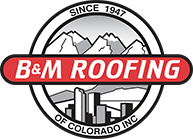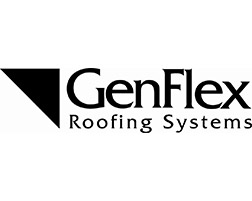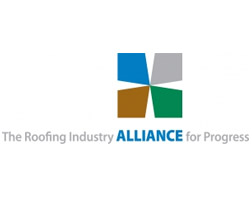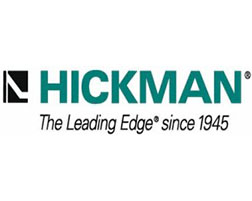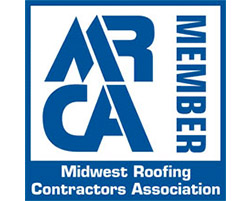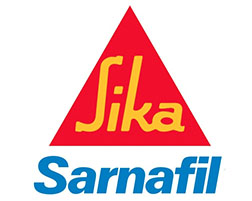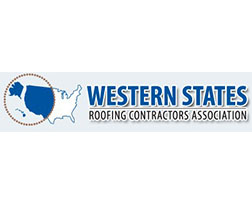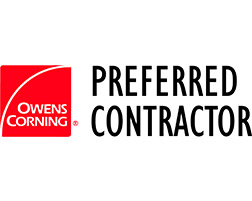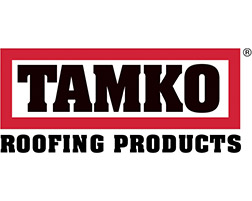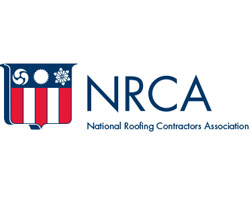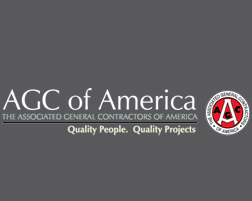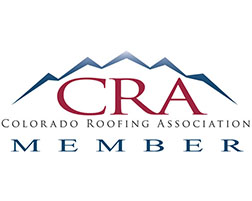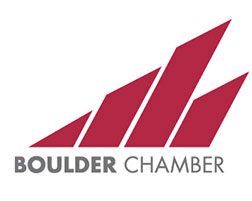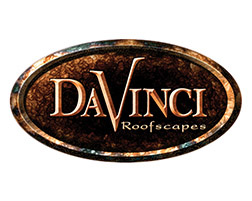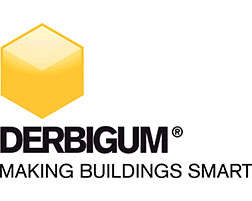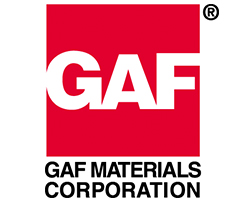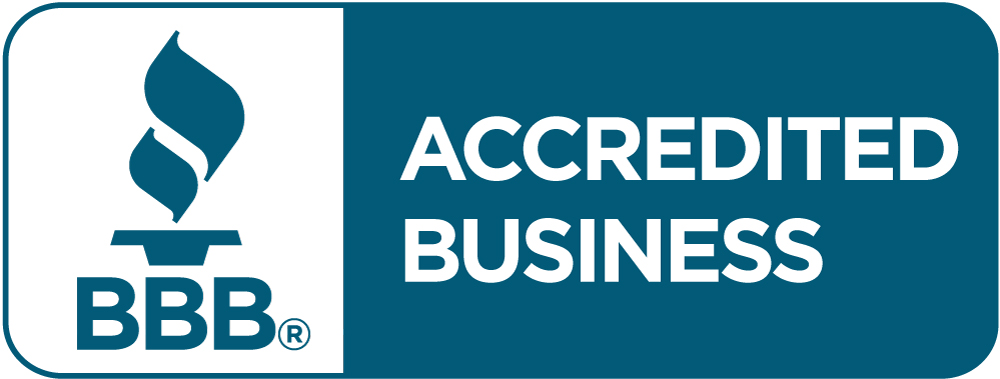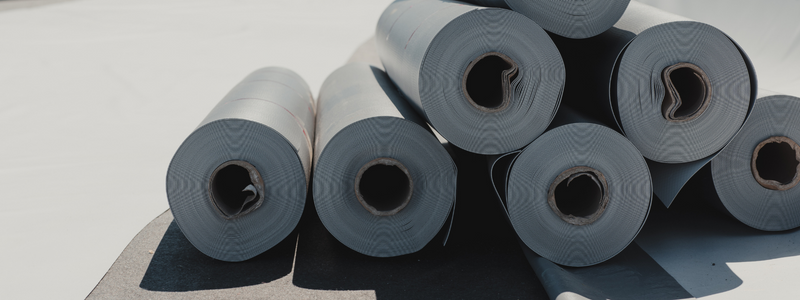
Rubber Roof vs Shingles
Choosing the suitable roofing material is one of the most important decisions you can make for this scale home improvement project. If you’re looking to replace your roof, consider the available material options and decide which is best for your needs. You may be looking at a rubber roof vs shingles.
Rubber roofing has increased in popularity due to its ability to withstand extreme weather and require little to no maintenance. It’s also a more eco-friendly option than traditional materials, making it perfect for homeowners who seek durability and sustainability in their choice.
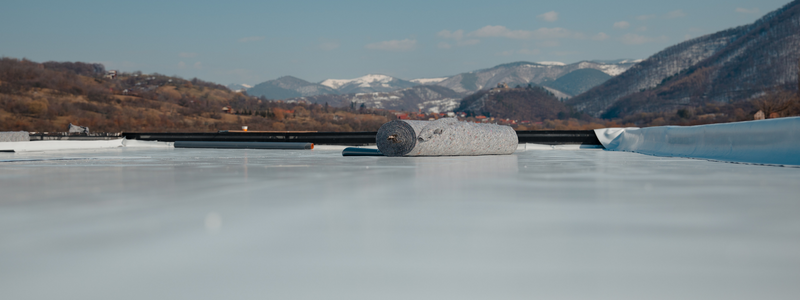
What is Rubber Roofing?
Rubber roofing material is usually made from recycled tires, sawdust, and slate dust. These shingles are made from up to 95% recycled material, making them more eco-friendly than traditional roofing materials. Rubber roofs are also known to be fire, impact, and wind-resistant.
Rubber roofing comes in three types (EPDM, TPO, or PVC), and they are made from a synthetic material known as ethylene propylene diene monomer.
Is a Rubber Roof Better Than Shingles?
When it comes to a rubber roof vs shingles, rubber roofing primarily appeals to homeowners seeking a sustainable, durable, and energy-efficient roof option.
Durability
Rubber roofs are less likely to chip, rust or dent because they are more resistant to moisture, mildew, and pest, making them the more durable option.
When debating on rubber roofing, consider the weather in your area. If you live in an area that receives a lot of precipitation, water is less likely to seep between rubber shingles than traditional asphalt. Additionally, If you have a flat or low-sloped roof, you might be better off opting for rubber shingles. Traditional shingles on low or flat roofs can cause water to collect and ultimately cause both exterior and interior damage.
Eco-friendly and Energy-Efficient
Rubber shingles are made from approximately 95% recycled content, usually from reclaimed tires, and are 100% recyclable at the end of their lifespan, making them the more environmentally-friendly choice. Rubber shingles are also energy-efficient because they help insulate homes more effectively, reducing energy use during the winter and summer — which can help reduce heating and cooling bills.
Design
Rubber roofs also come in various shapes, sizes, and colors, with some styles even mimicking slate or wood shakes. Therefore, homeowners can still customize their exterior, even when opting for a rubber roof.
Smell
Essential factor homeowners should consider before deciding on rubber shingles is the odor. After installing your rubber roof, there might be a lingering rubber smell, which can be offputting to some. However, manufacturers claim that the smell should disappear once shingles become gradually exposed to the elements.
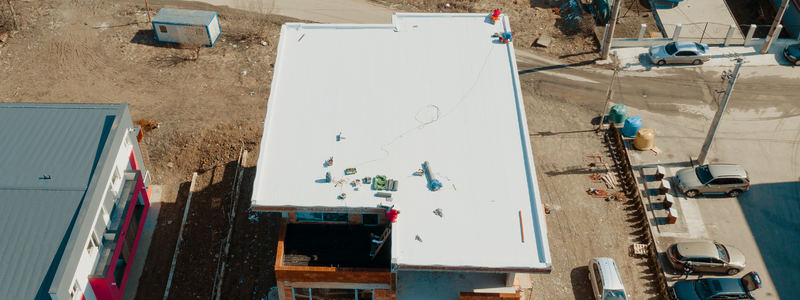
Is a Rubber Roof Cheaper Than Shingles?
A rubber roof will cost you more than traditional asphalt shingles. However, this is only initially.
Opting for rubber shingles will cost you three to four times more than you would pay for asphalt shingles. However, asphalt shingles will come with their costs, such as repairing own shingles and installing roof trusses or rafters.
The reason why rubber roofs cost significantly more is that they are so durable. They also require less maintenance and will most likely not need any repairs. On top of that, rubber roofing is generally more energy-efficient than traditional roofing, meaning homeowners can save more on heating and cooling efforts.
If your rubber roof installation job is done right, you’ll decrease the risk of damages such as cracking and leaking. However, most cracks and leaks (if any) can be fixed with a latex sealant.
Traditional shingles are more susceptible to damages such as mold, mildew, and cracks, which can cause exterior damage and damage the inside of your home. Repairing traditional shingles can be costly, depending on the severity of the wear.
How Long Does a Rubber Roof Last?
Roofing can show signs of damage such as peeling and curling when exposed to enough sunlight and precipitation. Asphalt roofs will typically see signs of wear faster than a roof with rubber shingles because rubber roofing is resistant to thermal shock, which prevents it from becoming brittle due to extreme temperatures, ultraviolet radiation, and cyclic fatigue. The material lasts up to 75 years with little to no maintenance, while asphalt roofs are known to last for up to 20 years.
Are Rubber Shingles Worth It?
In Colorado, we have 300 days of sunshine which means roofs are exposed to significant heat and UV radiation. In addition to that, many parts of the state see heavy precipitation during the winter months. Rubber roofing materials are known to withstand Colorado’s weather challenges.
If you’re looking for a one-and-done job, rubber shingles are definitely worth it. Despite higher initial costs, rubber shingles tend to be more durable and require less maintenance, making them more cost-effective in the long term than traditional shingles. Rubber shingles are also better for the environment than shingles made with conventional materials, which can help reduce the individual carbon footprint of your home.
If you’re deciding between a rubber roof vs shingles, a rubber roof has many more benefits that might be worth looking into further.
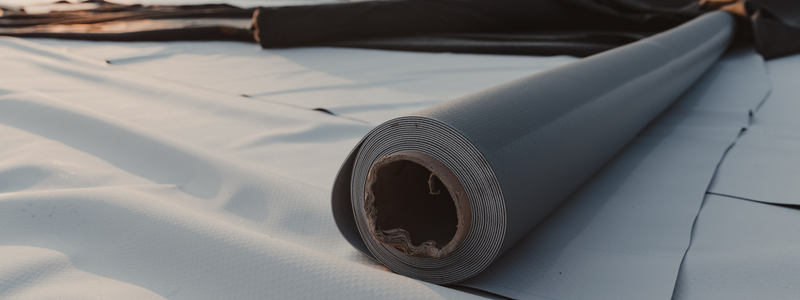
B&M Roofing – Colorado’s Most Trusted Roofing Experts
Here at B&M Roofing, we understand the importance of choosing the right material for your roof – and we’re here to help! We work with a wide variety of rubber roofing materials and we’ll guide you in making the best decision for your home and roof.
We have been providing reliable service to thousands of Colorado homeowners since 1947. Our licensed and insured team of specialists has a proven commitment to excellence and dedication to safety. We will ensure you’re 100% satisfied with the final product.
Call us at 303.444.5843 or fill out this online form to get started on your roofing project!
